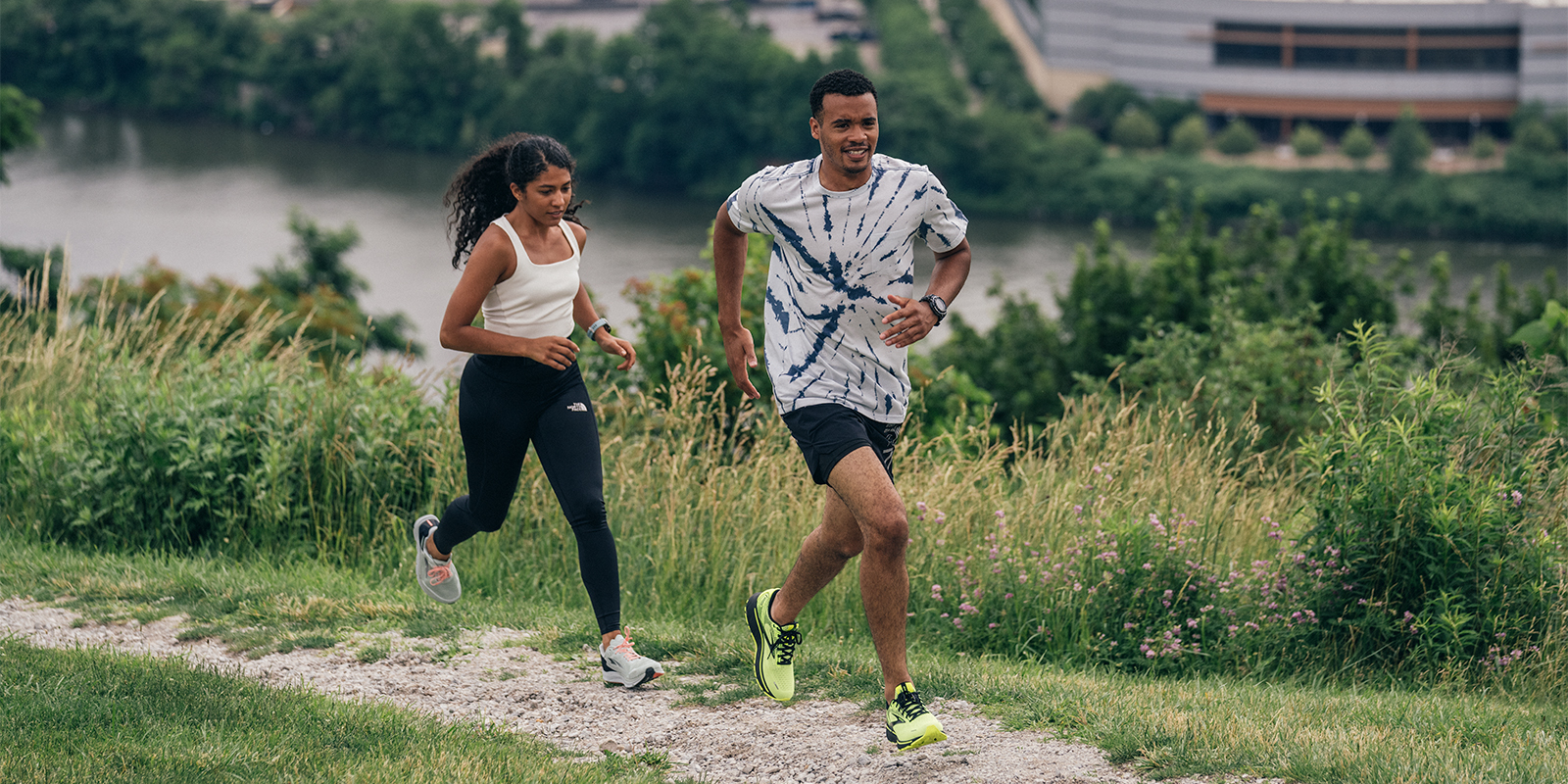There will always be those runners who return to their regular, pre-baby runner selves quickly and miraculously within weeks of giving birth. They may go on to run races within a year and push their 2-year-olds in strollers to record-setting marathon times. But do not beat yourself up by comparing yourself to those women. Know this: They are not the norm. Plus, medical professionals advise women to take things slowly, and very carefully, in their return to running after giving birth. Here are a few other helpful tips along the way.
Running Postpartum
Each individual is just that: an individual whose physiology, combined with the extent of physical trauma caused by birthing a human, varies. Therefore, the amount of time required for recovery before resuming running will vary as well.
You may hear general guidelines of waiting until you’re six weeks postpartum to do much activity at all. Gentle walks (which you can do with your baby) will be your best bet. Also, physicians recommend doing exercises to regain strength in your pelvic floor and abdominals. Strengthening those muscles will help fortify your overall core for when you do return to running. Having a strong pelvic floor can also help you minimize injury while resuming daily tasks, like lifting grocery bags, or while holding your new, growing baby.
Before starting to integrate any running into your walking progression, talk with your physician and consider seeing a pelvic floor specialist. When you do begin running again, follow a gentle plan that slowly introduces running into walking outings. Treat yourself like a beginner runner who’s training to return to her regular self. Be gentle on your body, listen to any odd pain or discomfort and communicate with your doctor, and allow yourself to recover well between outings.
It’s best to leave your baby at home for these outings. You’ll appreciate the time on your own, and it’s not advised to run with babies in strollers until they’re at least eight months old anyway.





